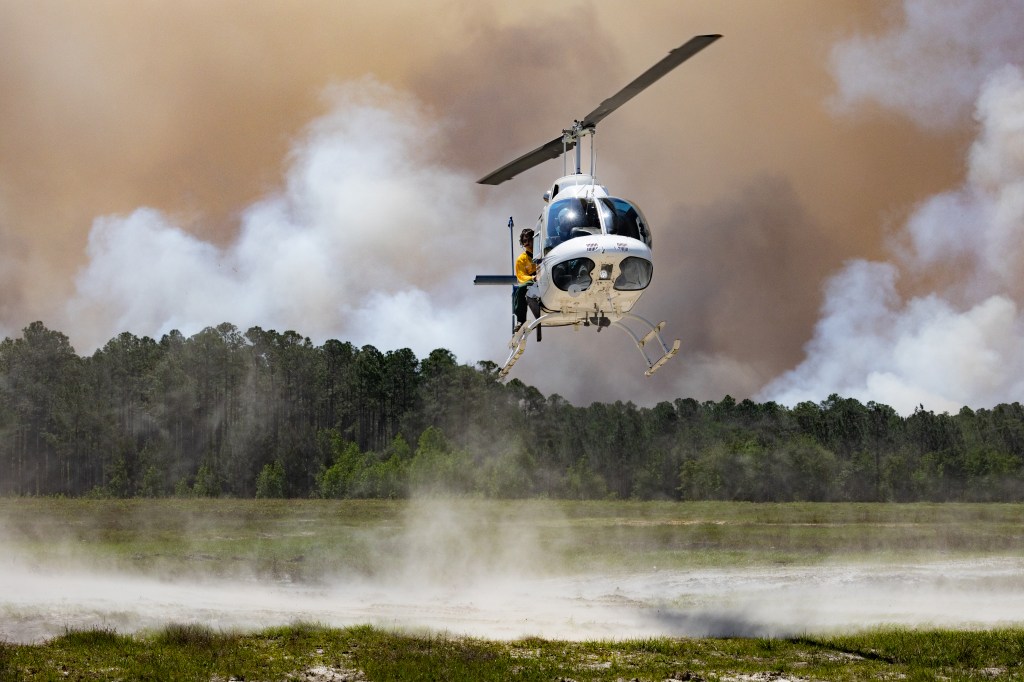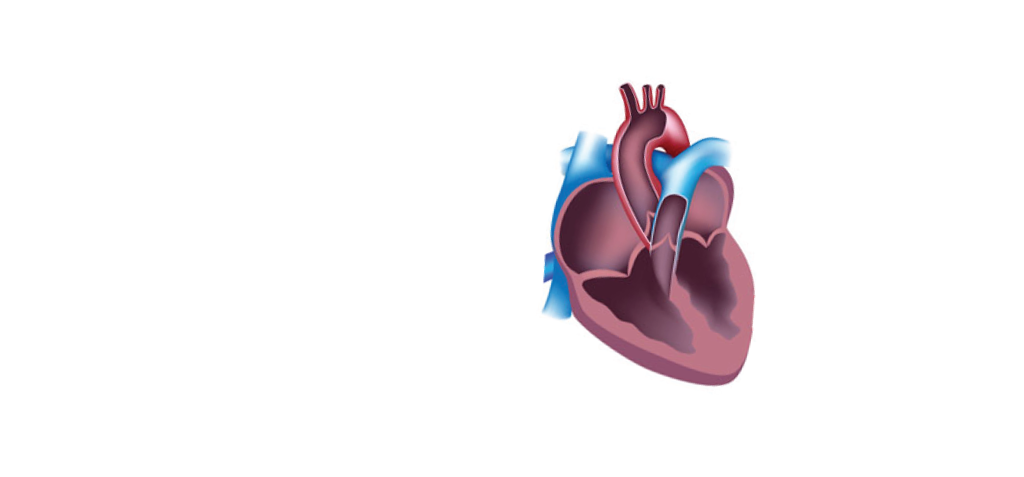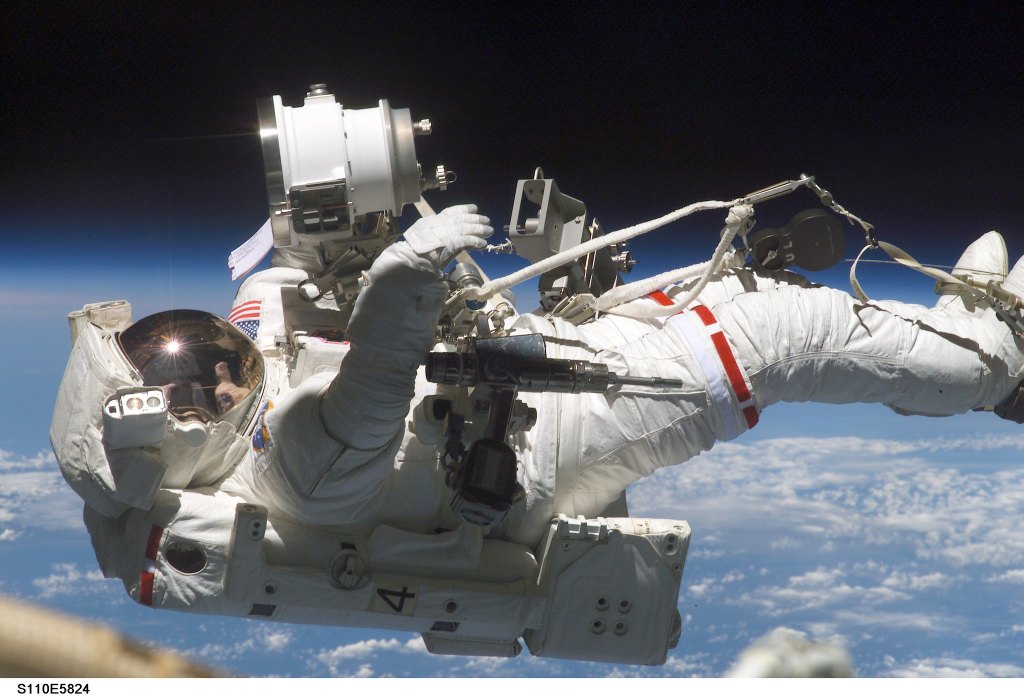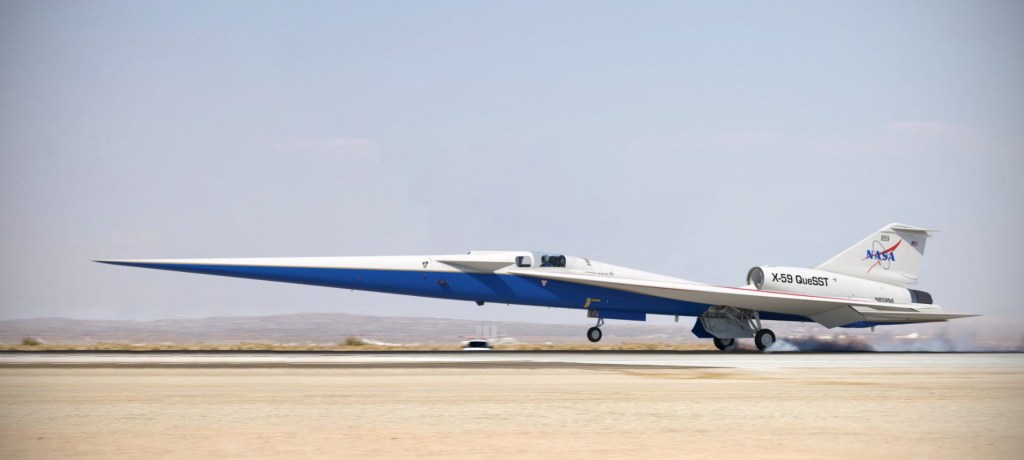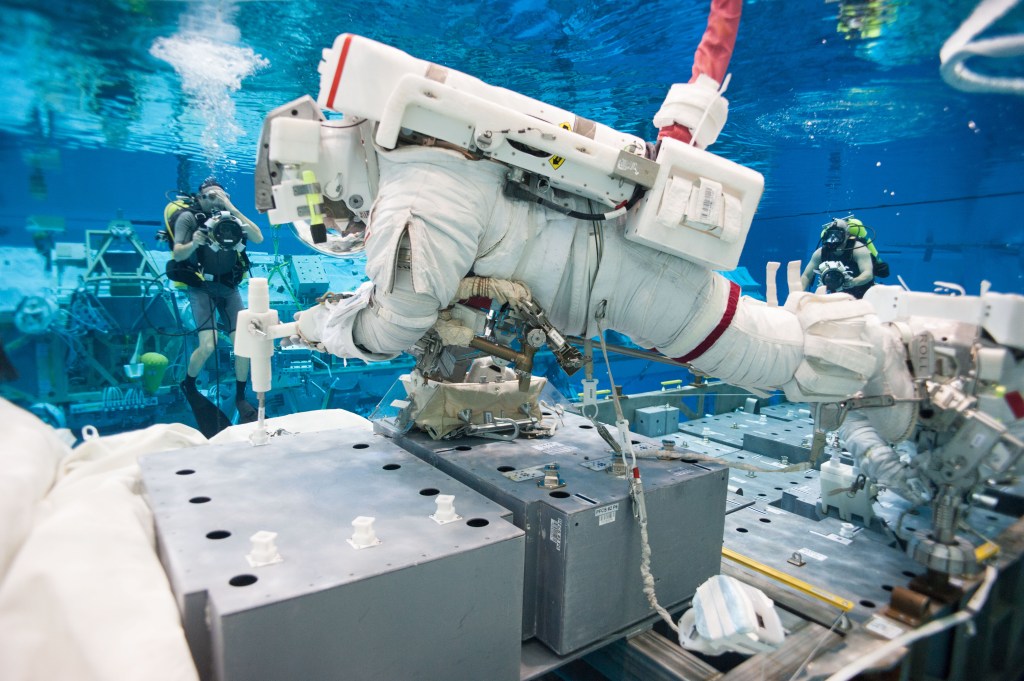4.0 Physical Characteristics and Capabilities

4.0 PHYSICAL CHARACTERISTICS AND CAPABILITIES
A systems engineering process that adequately considers human performance variability and limitations during spacecraft design, development, testing, and evaluation is of critical importance to the health, safety, and performance of flight crews, as well as to the protection of hardware and systems. As with any other system component, there are limits to human capabilities. The conditions encountered during spaceflight can degrade human capabilities. These performance-limiting conditions may include environmental factors such as weightlessness and g-transitions, physiological effects such as space sickness and spatial disorientation, and other factors such as confinement and protective clothing.
The human performance envelope is bounded by physical as well as cognitive limitations. Accommodating these limitations during spaceflight is critical to all aspects of mission success, including the maintenance of crew health and safety.
Physical characteristics and capabilities include body dimensions, range of motion, mass, volume, surface area, and strength. It is important that the design of equipment, including vehicles, spacesuits, and other interfaces, accommodates the physical characteristics of the entire user population. Adjustments for the effects of external factors such as gravity environments, clothing, pressurization, and deconditioning related to mission duration are to be included in the design.
A system designed for human use or habitation must accommodate the range of human characteristics and capabilities relevant to the system and operating environment for the NASAdefined crew population. Datasets are provided that include characteristics and capabilities for anthropometric dimensions, range of motion, strength, mass, volume, and surface area. The datasets and their supplemental information in Appendix E, Physical Characteristics and Capabilities, take into account human characteristics such as age, sex, and physical condition as well as mission characteristics such as clothing and suit pressurization.
4.1 Physical Data Sets
4.1.1 Functional Anthropometric Accommodation
[V2 4102] The system shall ensure the range of potential crewmembers can fit, reach, view, and operate the human systems interfaces by accommodating crewmembers with the anthropometric dimensions and ranges of motion as defined in data sets in Appendix E, Physical Characteristics and Capabilities, Sections E.2 and E.3.
[Rationale: All crewmembers need to be able to perform any planned tasks efficiently and effectively. Physical crew interfaces need to be located within the visible and functional reach limits of the worst case (i.e., most limited) crewmember in his/her working posture using the most encumbering equipment and clothing anticipated. Design constraints may dictate layouts or tasks that force a crewmember to move, twist, or stretch into awkward positions. However, the system design must not require the crewmember to achieve ranges of motion outside those defined in Appendix E. When applied to suit design, the suit must allow an unpressurized and pressurized suited crewmember to achieve the entire range of motion defined in the appendix. The suit must be designed to allow for suited crewmembers to operate in an independently designed vehicle or habitat, and the vehicle or habitat must not require a range of motion a suit cannot provide.
A task analysis that identifies hardware interfaces and obstructed/confined/restrained reaches for planned tasks is used with Appendix E to define critical anthropometric dimensions and ranges of motion and provide design considerations for crew interfaces. The task analysis also identifies other parameters and constraints (e.g., mission phase, recumbent postures, etc.) that may require adjustments to the anthropometric data in the Appendix. Guidance on the evaluation of design for anthropometry and range of motion can be found in section 4.1 of OCHMO-HB004, Anthropometry, Biomechanics, and Strength.
The intent of this requirement is to accommodate the entire potential user population, not just meet the criteria in the datasets, which provide the most frequently used values in standard reference postures. When a design requires a posture outside of the standard reference posture, such as rotation from upright to recumbent seating, minimum and maximum values for the new posture must be developed for the unique design posture.
Identification of a posture, dimension, or range of motion not provided in the table needs coordination and concurrence from NASA Stakeholders. When a system must accommodate a suited crewmember, an additional suited dataset can be provided that accurately identifies suited human dimensions. A tailored data set may be provided by NASA based on program or mission specific criteria, especially when a specific spacesuit has been identified.]
4.1.2 Body Mass, Volume, and Surface Area Data
[V2 4103] The system shall accommodate the body characteristic data for mass, volume, and surface area as defined in Appendix E, Physical Characteristics and Capabilities, Sections E.4, E.5, and E.6.
[Rationale: Depending on mission or design requirements, system developers could need body mass, volume, and body surface area data that accurately describe the entire size range of potential crewmembers.
Surface area data could be needed when assessing radiation exposure or designing a body contact cooling system. Volume data may be needed for center of gravity or buoyancy calculations.
Body mass data can describe both whole body mass and body segment mass. In addition to simple body mass, data includes centers of gravity and moments of inertia. Body mass data is important for multiple systems. Propulsion and dynamic systems calculations depend on accurate data of crewmember mass to size hardware systems and design proper vehicle dynamic controls. Body mass data is used to characterize forces exerted between crewmembers and equipment such as body support systems (e.g., seats, brackets, and restraints) under all anticipated acceleration and gravity environments. Body segment centers of gravity may be an important design consideration for crewmember balance and stability during dynamic mission phases or for understanding how loads are distributed during acceleration. Guidance on the evaluation of design using body characteristic data can be found in NASA/TP-2014-218556, Human Integration Design Process (HIDP).
The intent of this requirement is to accommodate the entire potential user population, not just meet the criteria in the datasets provided, which provide the most frequently used values. Identification of body characteristic data not provided in the table needs coordination and concurrence from NASA Stakeholders. A tailored set may be provided by NASA based on program or mission specific criteria.]
4.1.3 Crew Strength
All crewmembers need to be able to perform any planned tasks efficiently and effectively, without risk of injury and without undue concern of the hardware sustaining damage. Human-System Interfaces need to accommodate both the minimum and maximum anticipated strength of potential crewmembers. Strength refers to a person’s ability to generate force. The system must withstand the load that is imparted and must not require excessive forces to operate.
4.1.3.1 Crew Operational Loads
[V2 4104] The system shall be operable by crew during all phases of flight, including prelaunch, ascent, orbit, entry, and postlanding, with the lowest anticipated strength as defined in E, Physical Characteristics and Capabilities, Section E.7.
[Rationale: All crewmembers need to be able to perform any planned tasks efficiently and effectively. The crew operating load data in Appendix E defines the lowest anticipated forces that can be applied by crewmembers in unsuited, suited-unpressurized, and suited-pressurized conditions, taking into account deconditioning and factors of safety for critical tasks. A task analysis that identifies planned crew tasks, hardware interfaces, expected postures, and task criticality, frequency, and duration is used with Appendix E to define the maximum acceptable value for actuation and continued operation of hardware interfaces. Guidance on the evaluation of design using crewmember strength data can be found in NASA/TP-2014-218556, Human Integration Design Process (HIDP).
The intent of this requirement is to accommodate the entire potential user population, not just meet the criteria in the datasets provided, which provide the most frequently used values. Identification of postures or forces not provided in the table needs coordination and concurrence from NASA Stakeholders. A tailored data set may be provided by NASA based on program or mission specific criteria.]
4.1.3.2 Withstand Crew Loads
[V2 4105] The system shall withstand forces imparted by the crew during all phases of flight, including but not limited to prelaunch, ascent, orbit, entry, and postlanding, as defined in Appendix E, Physical Characteristics and Capabilities, Section E.7 without sustaining damage.
[Rationale: Vehicle hardware are to be designed to withstand large forces exerted by a crewmember during nominal operations without breaking or sustaining damage that would render the hardware inoperable. Additionally, crew may exert high forces when operating controls in emergency situations, such as attempting to open a hatch for emergency egress. The resulting damage to equipment could make it impossible to respond safely to the emergency. To avoid overdesign, a task and error analysis which defines planned crew tasks, hardware interfaces, expected postures, and task criticality is used to identify which interfaces must tolerate maximum crew operational loads. This includes identifying critical hardware that may be inadvertently used as a mobility aid or restraint. Guidance on the evaluation of design using crewmember strength data can be found in NASA/TP-2014-218556 Human Integration Design Process (HIDP); information on task analysis process can be found in Section 4.1. Durability of the Structural Integrity of Hardware Due to Unintentional Crew Forces is addressed in [V2 9027] Protect Crew and Equipment.
The intent of this requirement is to accommodate the entire potential user population, not just meet the criteria in the datasets provided, which provide the most frequently used values. Identification of postures or forces not provided in the table needs coordination and concurrence from NASA Stakeholders. A tailored data set may be provided by NASA based on program or mission specific criteria.]
4.2 Muscle Effects
[V2 4013] The effects of muscle endurance and fatigue shall be factored into system design.
[Rationale: Tasks with high force requirements and repetitive tasks (even with low force requirements) can cause fatigue. The crew task analysis is to identify factors that can lead to overexertion or fatigue such as task frequency, duration, repetitive motions, high forces, current and previous gravity environments and duration, suit configuration, etc. The applicable factors are needed for NASA to provide an appropriate strength dataset and they should be considered in designs for crewmember operation. Apollo EVA crew and some recent ISS EVA crews reported forearm muscle fatigue, some lasting after EVA mission day, due to repetitive force exertion to grasp and manipulate items while wearing pressurized gloves. The issue was exacerbated by the design of the gloves having fingers that returned to extended position rather than neutral, curved position requiring the crew to exert additional, unproductive movement and force. The effects of muscle fatigue may be mitigated through task design that includes providing mechanical aids, recovery rest periods, or varies the use of muscle groups.]
4.3 Aerobic Capacity
[V2 4015] The system shall be operable by crewmembers with the aerobic capacity as defined in NASA-STD-3001, Volume 1.
[Rationale: An individual’s aerobic capacity determines the ability to perform a task at a given level of work. The aerobic capacity in conjunction with the operational concept provides an upper bound for oxygen (O2) demand, carbon dioxide (CO2) production, heat rejection requirements, etc. This information is vital for all spacecraft Environmental Control and Life Support System (ECLSS) designs, including the extravehicular activity (EVA) suits. This information helps to determine the sizing of the primary and emergency O2 systems, scrubbers, etc., and help engineers perform trade studies on various designs based on the operational scenarios and metabolic expenditure.]









